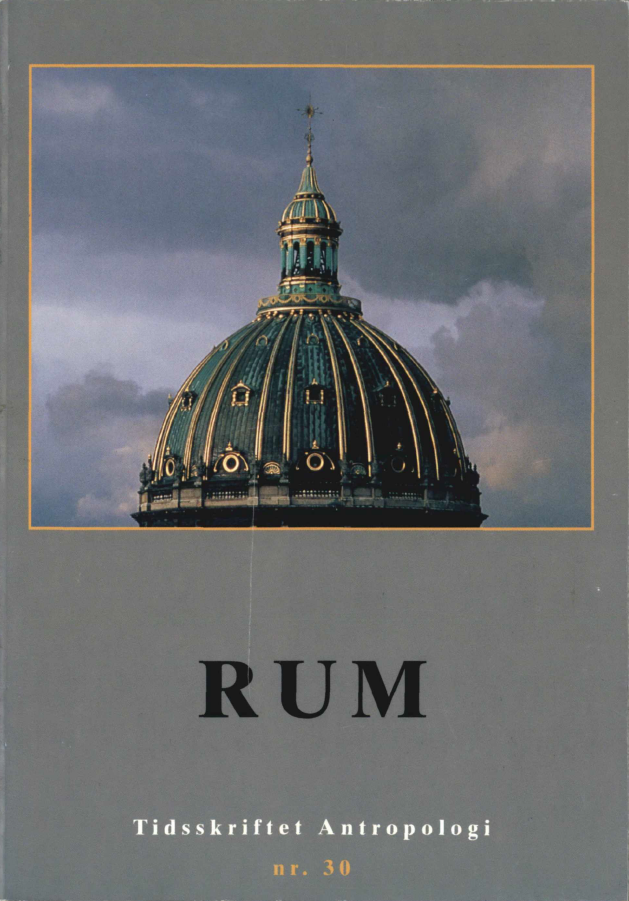Med Einstein i Australien. Rummet i etnografisk belysning
DOI:
https://doi.org/10.7146/ta.v0i30.117753Resumé
This essay takes an empirical point of departure in the Australian aborigines’ conception of the world and its creation, as perceived through ‘dreaming’. It demonstrates that here routes are more important than roots in establishing an action-space which binds aborigines to their territories and landscapes. Time is integrated in space through movements in a two-dimensional, analogical picture of the land in which peoples act, move, and live. It is considered a field of forces, but in contrast to Einstein it has only two, not four dimensions, and it is defmitely not empty. By comparing conceptions of space among Amazonian and Andean Indians it is further possible to establish a distinction in worldviews equivalent to that of the geocentric universe versus the heliocentric one. Whereas the Amazonian Indians subscribe to a concentric system which makes them free to move, the Andes system establishes qualitatively divided areas with an optimal center which works against movements.
Downloads
Publiceret
Citation/Eksport
Nummer
Sektion
Licens
Ophavsretten til artiklerne i Tidsskriftet Antropologi tilfalder forfatteren.
Artikler publiceret i Tidsskriftet Antropologi må citeres, downloades og videresendes for ikke-kommerciel brug, under forudsætning af normal akademisk reference til forfatter(e) samt tidsskrift, årgang, nummer og sider. Artiklerne må kun genudgives med eksplicit tilladelse fra forfatter(e) og tidsskriftet.


